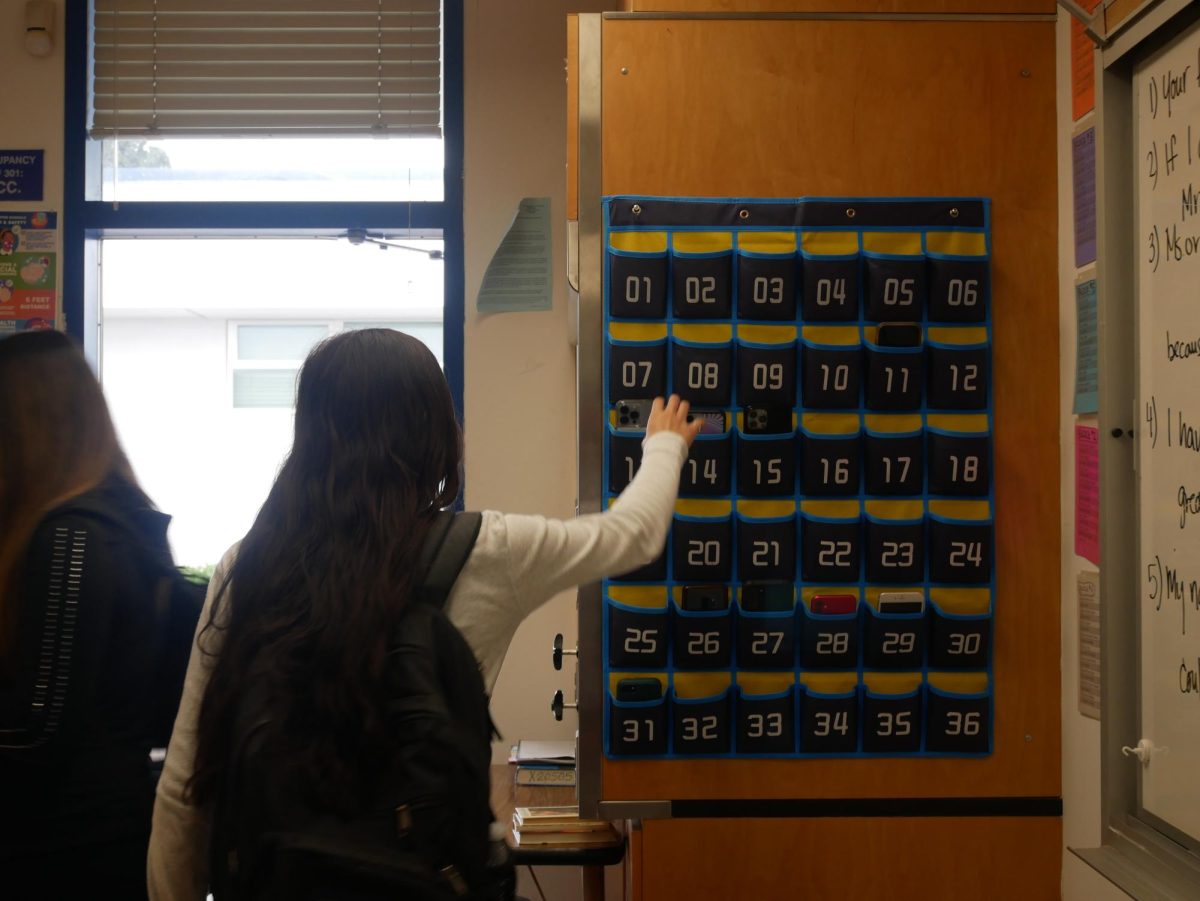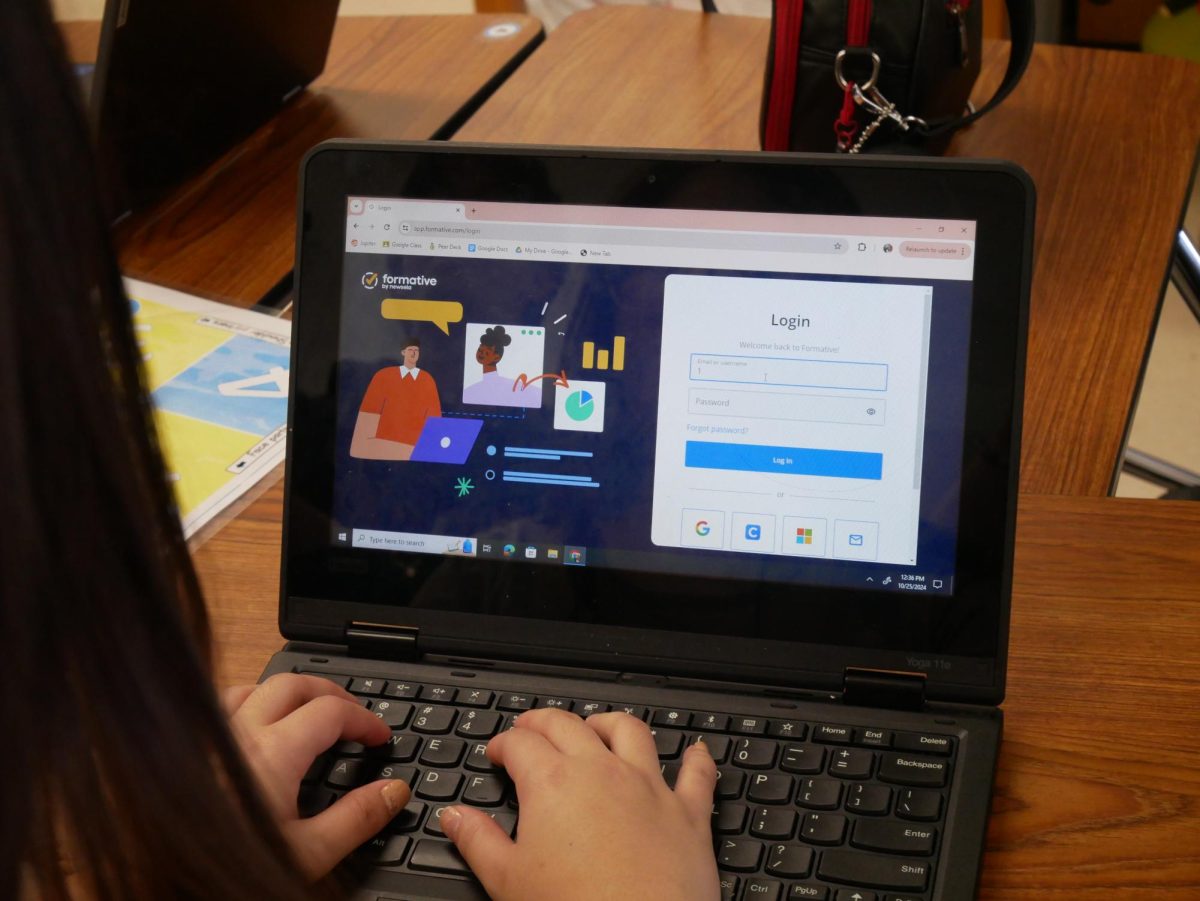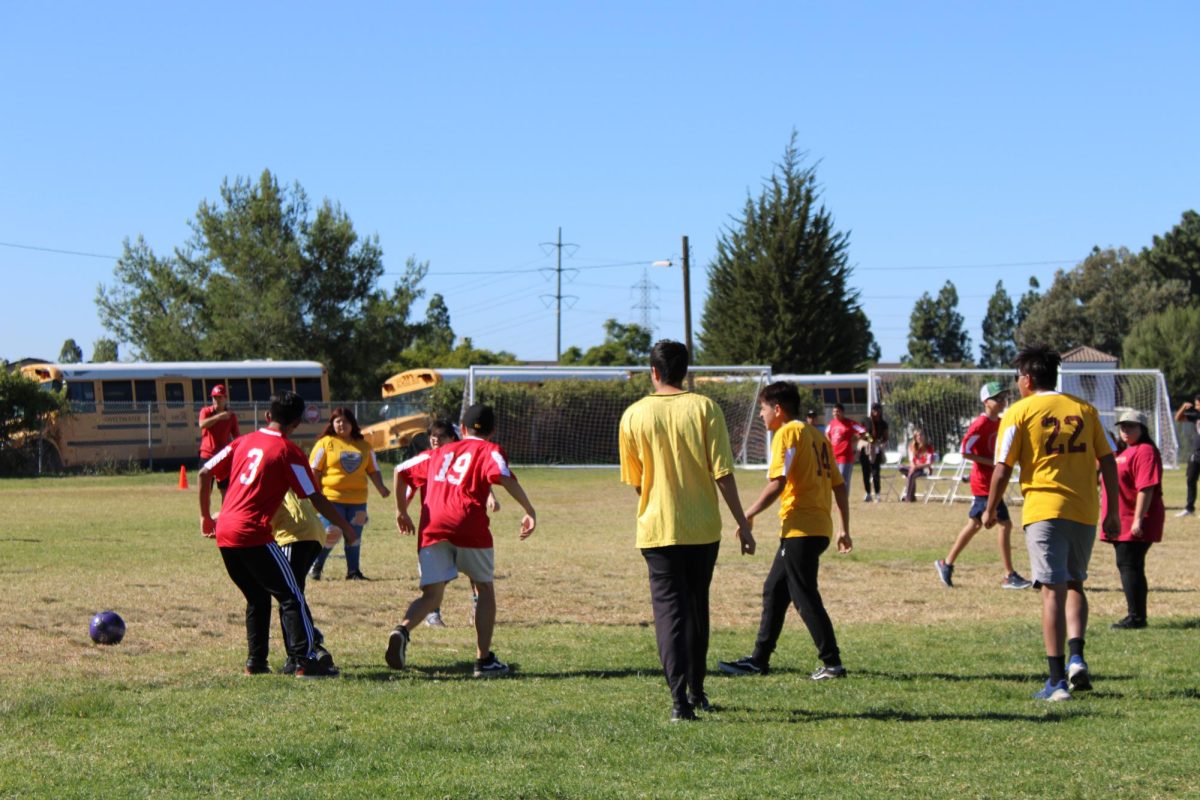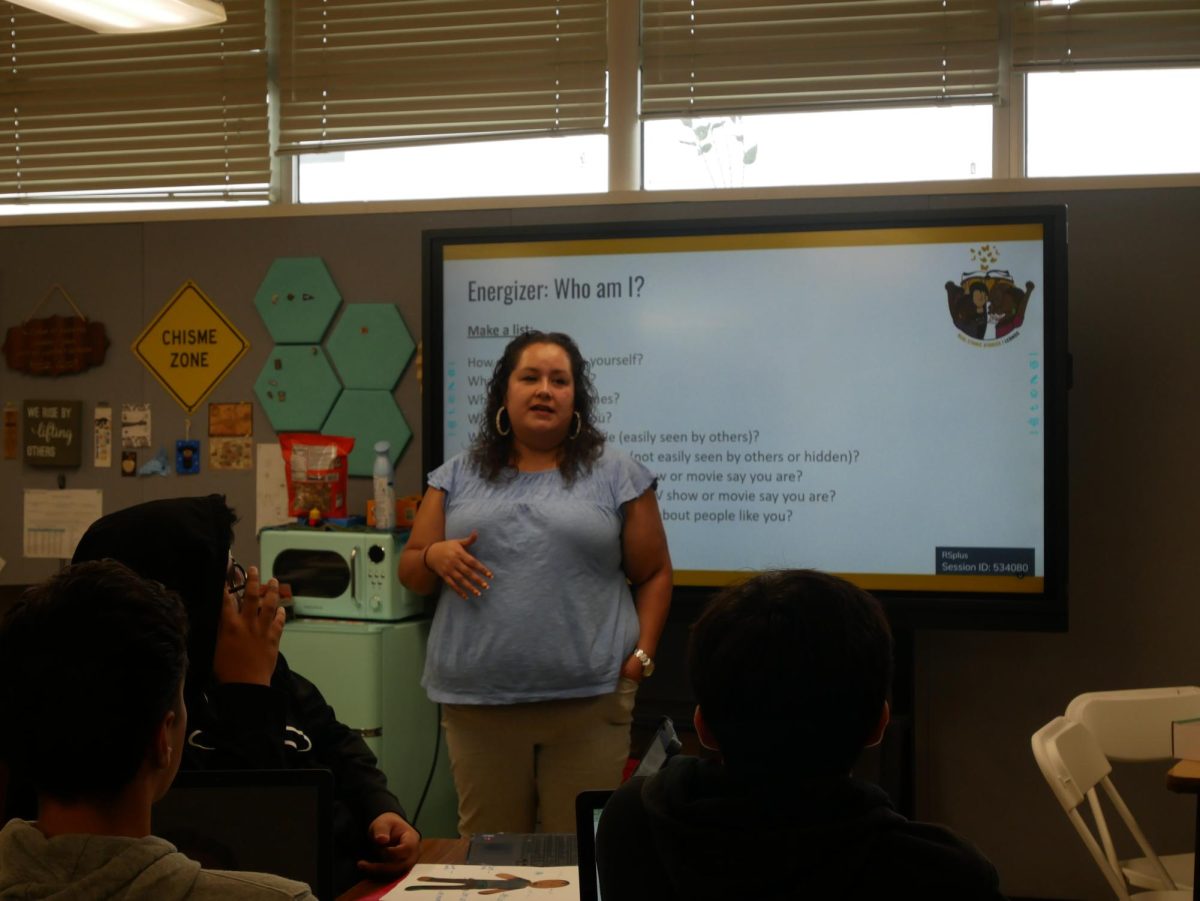On Sep. 24, Governor Gavin Newsom signed the assembly Bill 3216, the Phone-Free School Act, prompting schools across the United States to implement stricter no-phone policies on their campuses and sparking an engaging debate about focus and learning. The Phone-Free School Act bans personal phone use during school hours to enhance focus and learning, allowing limited use only in designated areas. Multiple BVH staff members take on a positive outlook towards the newbill, seeing it as an opportunity rather than an issue for the school. BVH Principal Lee Romero shares how he often notices how both students and himself respond when faced with a reoccurring addiction towards technology.
“When students, [including] myself, are dealing with a challenge, we [often] find ourselves looking at social media [to escape reality].Although, we have to learn how to deal with [our obsessions with technology]. I see cell phones being an opportunity to run away from those [responsibilities],” Romero said.
Romero further believes that implementing the bill could create a more engaging classroom atmosphere, allowing students to focus on learning and developing important skills for navigating real-world challenges. He emphasizes that reducing distractions can significantly enhance students’ focus while fostering an environment where one can better understand material and improve a growth mindset. Moreover, the new law requires schools to develop a plan towards adding restrictions and bans on cell phone usage within schools by July 1, 2026. Numerous BVH staff members such as Romero find the bill supporting and long for it to take action as soon as possible.
“I personally think it’s a great idea. I know a lot of students will say ‘ it is not a good idea.’ However, I have been in too many classes where I see students just zone out and [are stuck] looking at their phones with no academic purposes instead of paying attention to the teacher or the lesson,” Romero said.
This concern reflects a broader issue that affects many students, particularly those who struggle with academic performance. By limiting phone usage, schools can potentially help students improve their focus and engagement, paving the way for better outcomes and also aiding teachers in managing distractions during lessons. Romero believes that excessive phone usage inside and outside the classrooms is often linked to their academic and behavioral issues.
“The students that have the most challenges in school, that have the most behavior problems and that have the most academic problems are the students that are tied to their phones. It is as if they have to be with their phones [at] all times,” Romero said.
The goal of the bill is to minimize distractions and boost students’ academic performance and grades. However, over the years, BVH health teacher, Shannon Bruce, has enforced strict rules regarding cell phone use in her classroom even before the bill was even passed. According to Bruce, allowing cell phones on campus over the years has made students’ grades decrease significantly.
“I’ve had to lower my rigor within the last few years because my students don’t retain information like my former students used to. It’s mainly because the attention span is shorter because [students] just want to be on their phones,” Bruce said. “It definitely affects [students] grades because I noticed that with my students who don’t use their phones, they score [the] highest scores. They always talk about how easy it was versus those students who struggled.”
Various schools across California, including those within the San Diego County have taken action to implement this new ban due to students’ addiction towards using their phones within the classroom settings. As a result, both teachers and students are observing a notable impact on their daily activities and interactions. This change has prompted discussions within the school community about its implications and effects, highlighting the significant role policies play in shaping the educational environment.
“Even the kids at San Diego City schools [have seen] many positive outlooks about this [no phone policy]. The students are learning more and they enjoy it. It was hard for them for the first month, but now that they’ve gotten used to [not using phones] it they are all on board with it,” Bruce said.
Several teachers and staff members share the view that minimizing distractions in the classroom is essential for creating a more productive learning environment. They argue that by fostering a space free from unnecessary interruptions, students can better absorb information and participate actively in their lessons.
“I think it’s a good idea that while we were in class working, phones should be banned. Unless it is an emergency, it’s a great idea. Cell phones are an obstacle when [it comes] to learning,” BVH IB History of the Americas and U.S. history teacher Sean Tessada said.
This viewpoint resonates with a broader movement among educators advocating for stricter phone policies in schools. Tessada’s perspective is supported by his own experiences in the classroom, where he has frequently encountered issues with phone misuse.
“I have had to take cell phones away every year for at least one class out of my other classes just for a misuse. When the cell phones are up on the wall, checked into my calculator holder, the kids are much more focused. They are less rowdy and can stay on task and have much more mental stamina,” Tessada said.
Tessada emphasizes that reducing phone use can significantly enhance classroom dynamics and student activity. This focus on reducing distractions connects with the broader goal of enhancing academic rigor in the classroom. Many believe that eliminating phone use can lead to improved concentration and overall better learning outcomes.
“Teachers will be able to increase rigor and kids are going to end up being more focused. That’s going to be really good for students and teachers,” Bruce shared.








